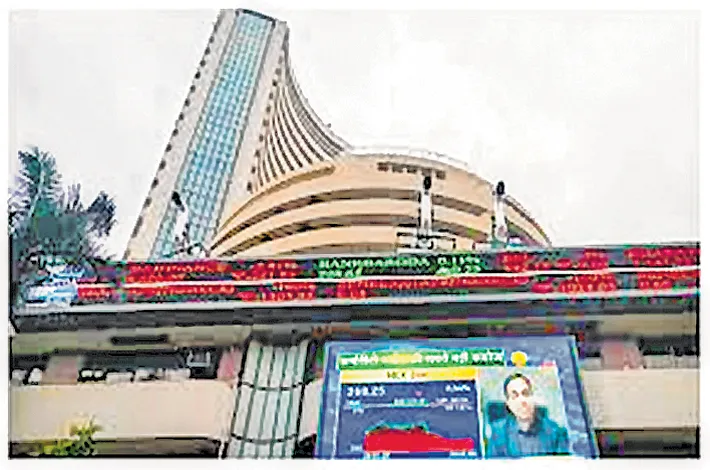‘Data must keep pace with India’s growth’
27-11-2025 12:00:00 AM

FPJ News Service mumbai
India’s statistical data must keep pace with an economy that is growing and evolving rapidly, RBI deputy governor Poonam Gupta said on Wednesday. “The Indian economy has been a high growth economy that has exhibited both resilience and agility.
Our statistical offerings, data and techniques must keep pace with an economy that is growing and evolving rapidly. Regularly updating and revising the existing data series, as well as constructing new ones, is essential to capture ongoing transformations,” Gupta said, at an event organised by the Ministry of Statistics and Programme Implementation (MoSPI) here.
“Further, to facilitate the timely and more frequent availability of India’s balance of payments (BoP) statistics, the time lag in the release of the quarterly BoP statistics has been brought down from 90 days to around 60 days beginning from Q125-26.
“This was achieved by optimising the data reporting timelines and streamlining the internal processes. We will endeavour to prepare and release the monthly BoP statistics (albeit at a slightly more aggregate-level and at a lag of approximately 40 days). To achieve this, the data processing timelines of various reporting entities are being expedited and streamlined, and further internal cohesion is being established,” Gupta said.
“We all are looking forward to the revised series being prepared by MoSPI.” Dr Mahendra Dev, Chairman, EAC-PM, Dr Saurabh Garg, Secretary, MoSPI, officers from MoSPI, economists, and policymakers participated in the pre-release consultative workshop.
Besides minimising the forecast errors, Gupta said, what is equally important is to ensure that there is no systematic bias in the forecasts. As far as the inflation forecasts used in the MPC resolution are concerned, they are unbiased. The recently released discussion paper on review of the monetary policy framework shows that, the deviation of inflation and growth forecasts of the MPC in India during the inflation-targeting regime does not have any systematic directional bias from the realised inflation and growth.
The RBI compiles a large body of administrative and regulatory-reporting data that it receives directly from regulated and other entities. These include information ranging from Basic Statistical Returns, supervisory returns, liquidity and capital adequacy metrics, NPAs, to high-frequency payments data such as UPI, NEFT, and RTGS transactions.








